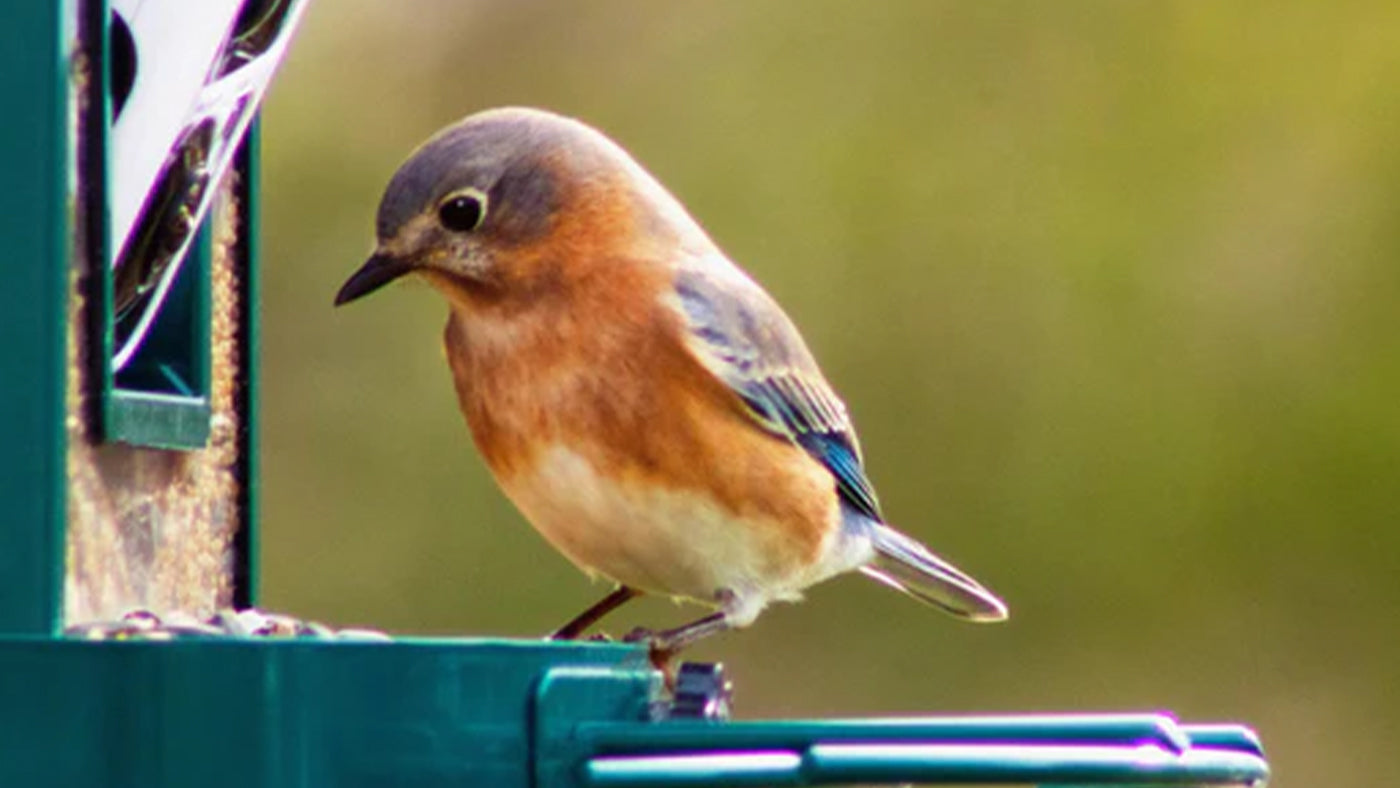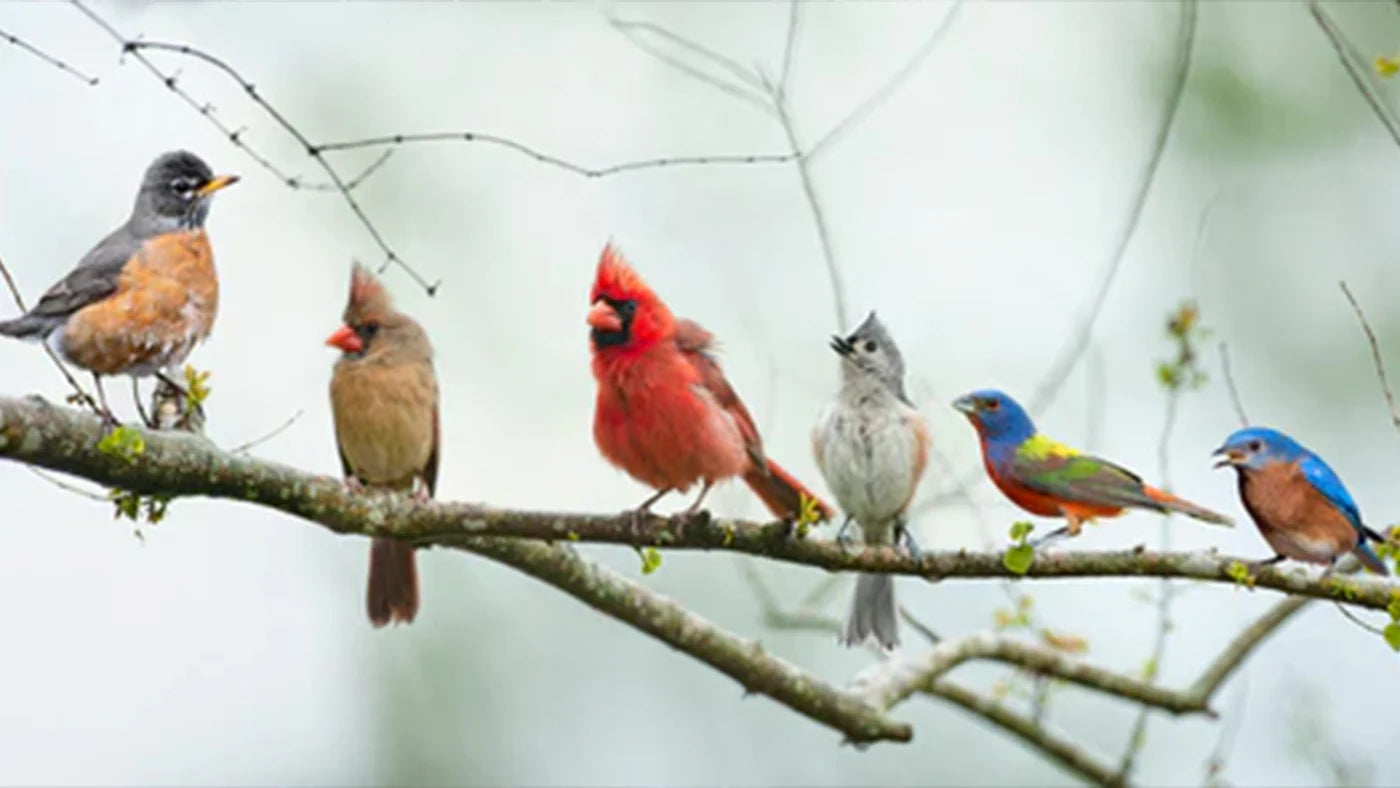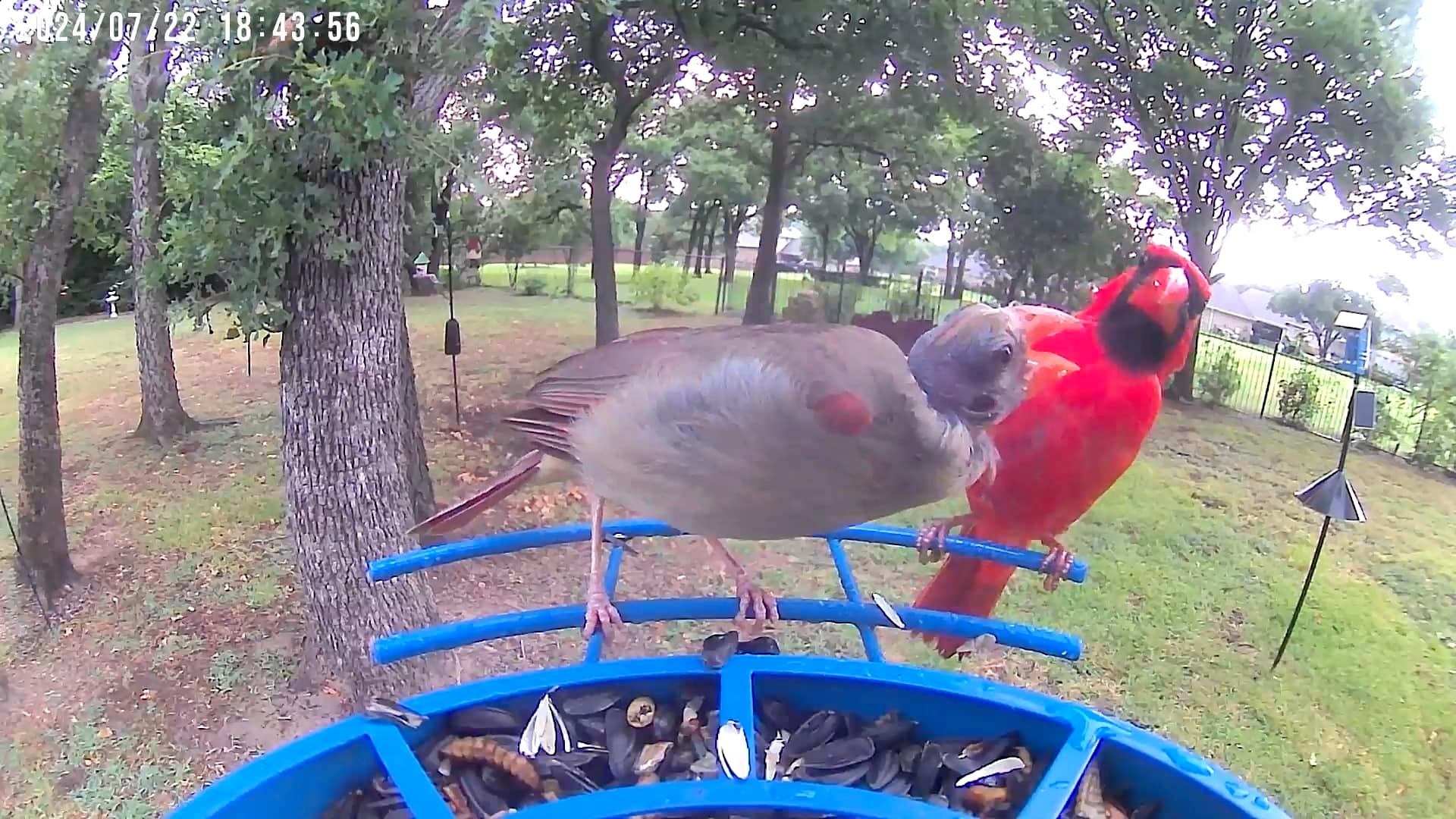In May, many of our garden birds are fully engaged in nesting season, a crucial time for the growth and development of their chicks. It's common to notice them favoring natural food sources over what's provided on bird tables, as these wild foods offer the best nutrition for their young. However, adult birds may still drop by occasionally to replenish their own energy reserves. It's important to go easy on mowing and trimming during this period, as the wild parts of our gardens offer a rich supply of insects, which most birds use to feed their offspring.
By now, most of the migratory birds that left for the winter should have returned, depending on the prevailing winds. Swallows and House Martins will be actively seeking out their old nest sites. Leaving their mud cups from previous years intact can save them valuable time and energy that would otherwise be spent on rebuilding, allowing them to focus on egg-laying and gathering food. However, it's not uncommon for other birds to take advantage of these abandoned nests. Wrens, for example, may opportunistically occupy Swallow nests, while House Sparrows have a fondness for House Martin nests.
In rural gardens, fortunate observers may have the pleasure of hearing the melodious songs of breeding Whitethroats and Lesser Whitethroats emanating from garden hedges. These birds have a particular fondness for large expanses of Bramble, so there's no need to worry about letting it flourish if you wish to attract these delightful songbirds. Whitethroats can often be seen perched proudly atop the undergrowth as they serenade the surroundings with their songs. In contrast, the Lesser Whitethroats have a more elusive nature, preferring to remain hidden even while singing their hearts out, making them a challenging sight to spot.
Determining the appropriate amount of food to provide can be gauged by monitoring how quickly it is consumed. If you notice that the food is lingering for several days, it's advisable to decrease the quantity you offer.
1.Distribute multiple feeding stations throughout your garden to discourage an excessive concentration of birds in one area.
2.Maintain cleanliness, particularly if utilizing a feeding table, to ensure the health and well-being of visiting birds.
3.For ground feeding, employ a designated tray, but remember to clear away any uneaten food before nightfall to avoid attracting unwelcome guests.
4.Avoid positioning feeders beneath garden structures where birds might perch or roost to prevent potential hazards or disturbances.
By now, most of the migratory birds that left for the winter should have returned, depending on the prevailing winds. Swallows and House Martins will be actively seeking out their old nest sites. Leaving their mud cups from previous years intact can save them valuable time and energy that would otherwise be spent on rebuilding, allowing them to focus on egg-laying and gathering food. However, it's not uncommon for other birds to take advantage of these abandoned nests. Wrens, for example, may opportunistically occupy Swallow nests, while House Sparrows have a fondness for House Martin nests.
In rural gardens, fortunate observers may have the pleasure of hearing the melodious songs of breeding Whitethroats and Lesser Whitethroats emanating from garden hedges. These birds have a particular fondness for large expanses of Bramble, so there's no need to worry about letting it flourish if you wish to attract these delightful songbirds. Whitethroats can often be seen perched proudly atop the undergrowth as they serenade the surroundings with their songs. In contrast, the Lesser Whitethroats have a more elusive nature, preferring to remain hidden even while singing their hearts out, making them a challenging sight to spot.
Determining the appropriate amount of food to provide can be gauged by monitoring how quickly it is consumed. If you notice that the food is lingering for several days, it's advisable to decrease the quantity you offer.
1.Distribute multiple feeding stations throughout your garden to discourage an excessive concentration of birds in one area.
2.Maintain cleanliness, particularly if utilizing a feeding table, to ensure the health and well-being of visiting birds.
3.For ground feeding, employ a designated tray, but remember to clear away any uneaten food before nightfall to avoid attracting unwelcome guests.
4.Avoid positioning feeders beneath garden structures where birds might perch or roost to prevent potential hazards or disturbances.




Leave a comment
This site is protected by hCaptcha and the hCaptcha Privacy Policy and Terms of Service apply.